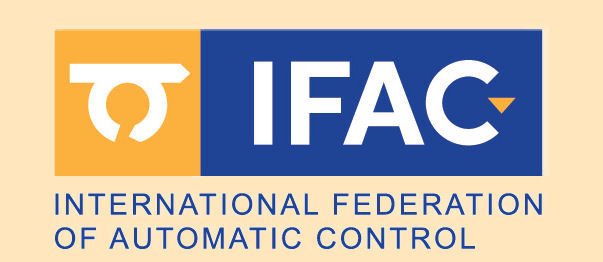| Paper FrAT3.6
van den Berg, Ronald Adrianus Cornelis (Delft University of Technology), Kaczmarek, Marcin (Delft University of Technology), Natu, Aditya (Delft University of Technology), HosseinNia, S Hassan (Delft University of Technology)
Reset Control for Active Vibration Isolation in the Presence of Wide-Band Disturbances
Scheduled for presentation during the Regular Session "Motion and Vibration Control - 2" (FrAT3), Friday, July 18, 2025,
11:40−12:00, Room 107
Joint 10th IFAC Symposium on Mechatronic Systems and 14th Symposium on Robotics, July 15-18, 2025, Paris, France
This information is tentative and subject to change. Compiled on August 2, 2025
|


 This site is protected by copyright and trademark laws under US and International law.
This site is protected by copyright and trademark laws under US and International law.